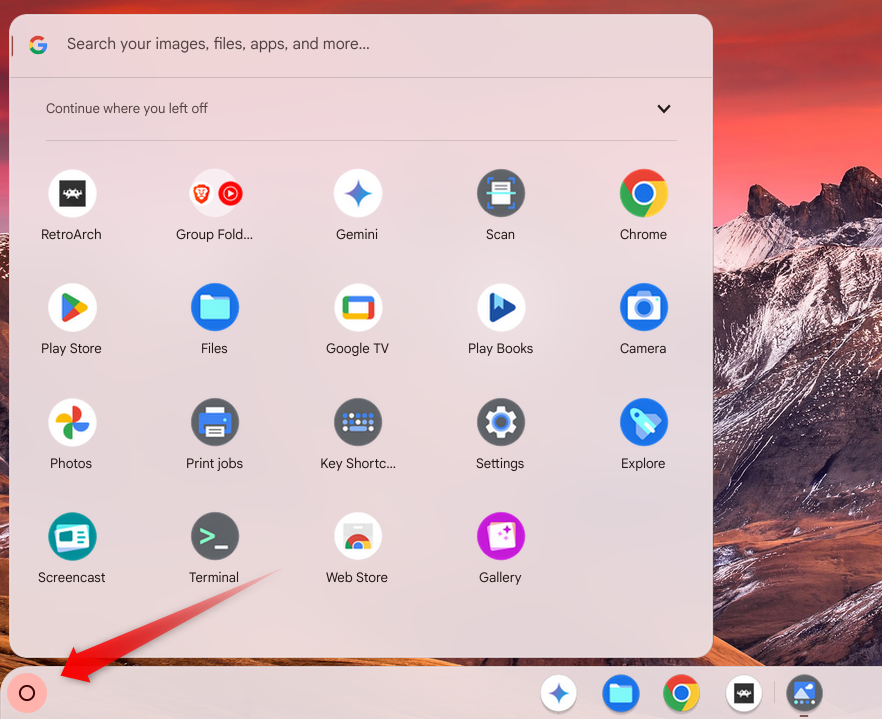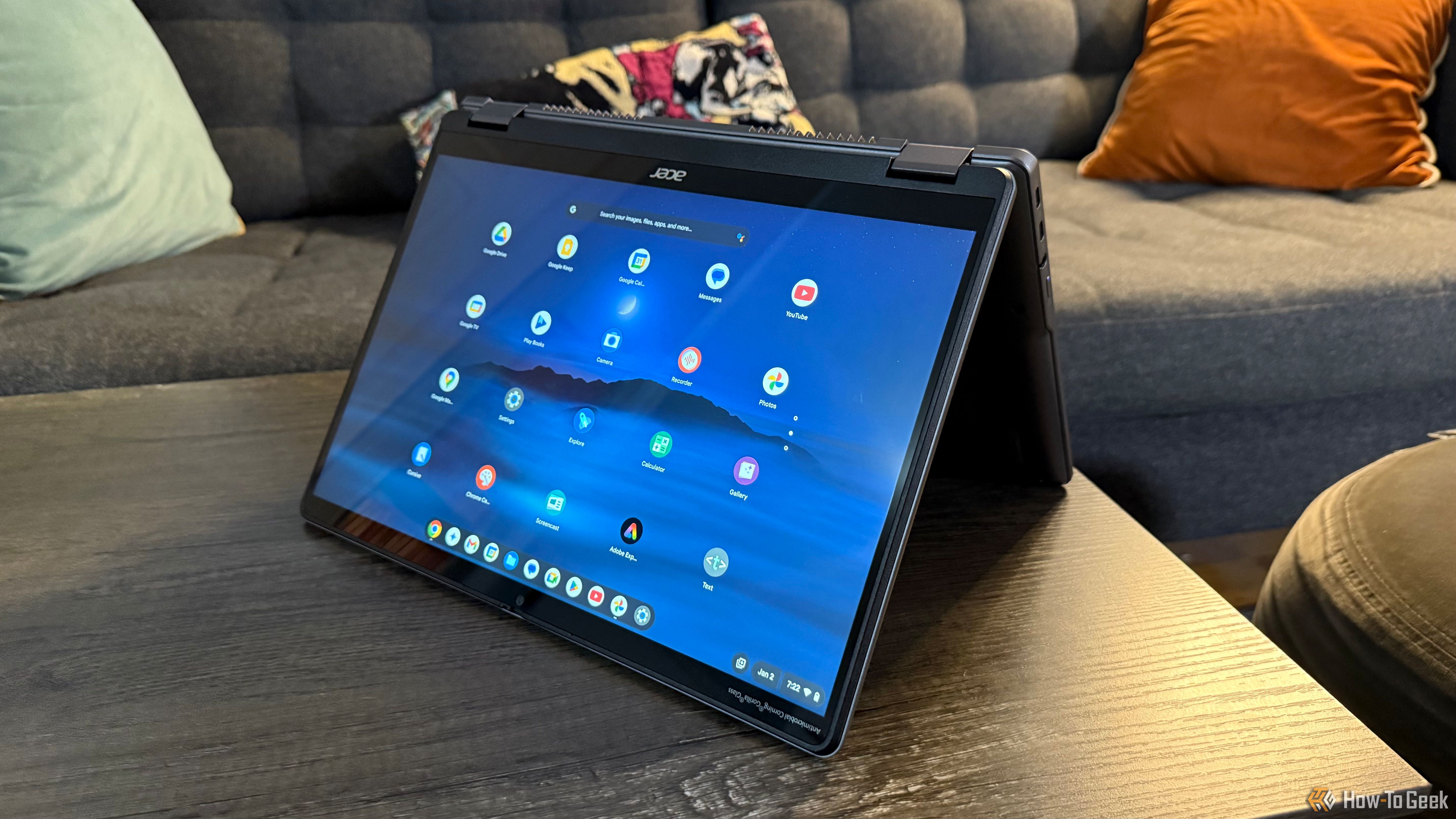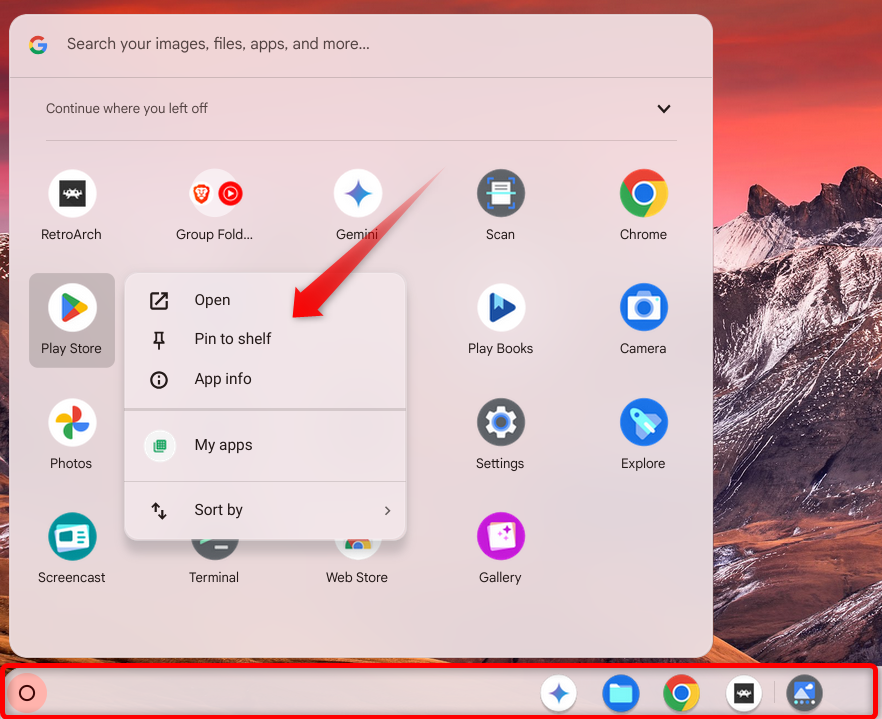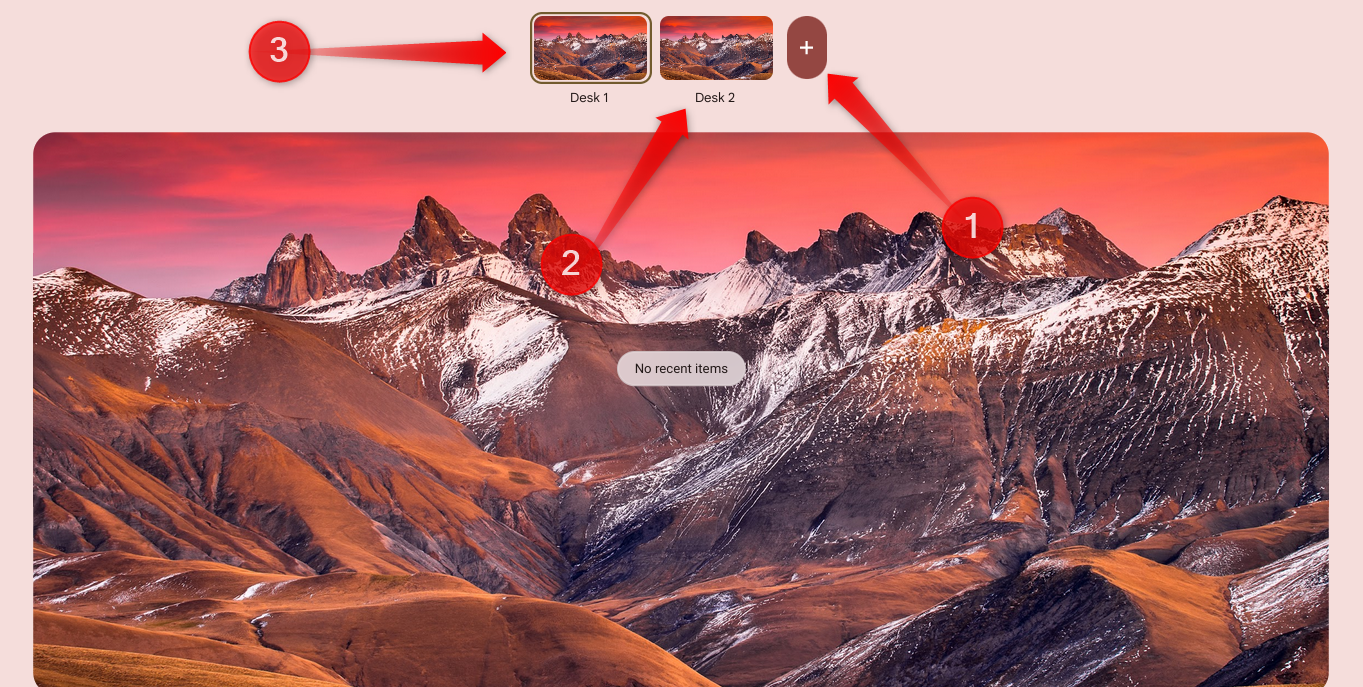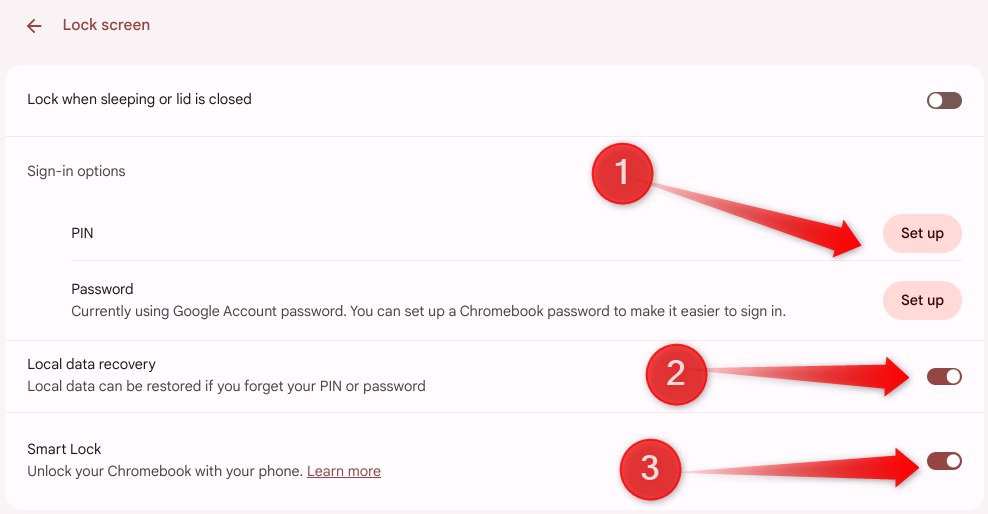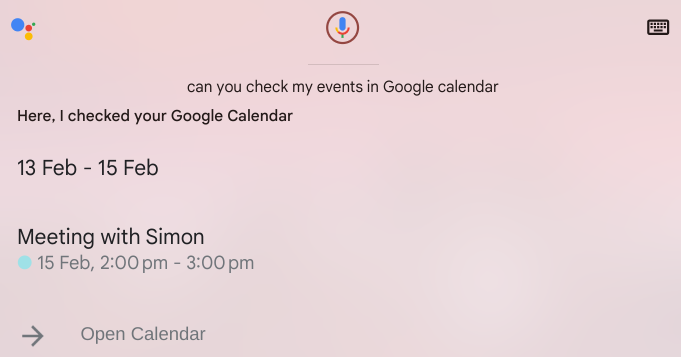Summary
- Chromebooks have a Launcher similar to the Windows Start Menu for quick app access and web searches.
- Use the Shelf to pin frequently used apps at the bottom of the screen for efficient access.
- Install Android apps via Google Play Store, multitask with Desks, customize settings, secure your device, and optimize usage with Google Assistant.
Powered by ChromeOS, Chromebooks are designed to be simple, fast, and user-friendly. However, if you’re new to the platform, getting comfortable with its interface and features may take some time. If you’re using ChromeOS for the first time, here are some tips to help you get familiar with it.
The Launcher in ChromeOS is similar to the Start menu on Windows. It provides quick access to apps and files and allows you to search the web without opening a browser. By consolidating everything in one place, the Launcher eliminates the need to sift through multiple menus, saving you time and effort, especially when you’re new to the system.
To open the Launcher, click the circle icon in the bottom-left corner of your screen. Alternatively, you can press the “Search” (or “Launcher”) key on your keyboard.
To perform a web search, type your query and hit Enter. Alternatively, you can say “OK, Google” and use voice commands to search for what you need.
Access Apps Quickly via the Shelf
While the Launcher helps you avoid navigating menus, opening it every time you want to launch an app can be inefficient. This is where the Shelf feature comes in handy. The Shelf is a taskbar-like tool located at the bottom of your Chromebook’s screen. It lets you pin your most-used apps for quick access with a single click.
To pin an app to the Shelf, right-click on the app in the Launcher and select “Pin to Shelf.” You can also drag and drop icons to rearrange them, tailoring the layout to your workflow. Although you can pin as many apps as space allows, I prefer to keep only a few essential apps to prevent the Shelf from becoming cluttered.
Install Apps Through the Google Play Store
Similar to how Windows and macOS offer the Microsoft Store and App Store for downloading applications, ChromeOS, a Google product, supports the Google Play Store. This allows you to run Android apps on your device and gives you access to millions of apps you typically use on your Android smartphone.
To download an app on your Chromebook, open the Google Play Store from the Launcher or Shelf, browse or search for the app you want, and click “Install.” Once the app is downloaded, it will appear in your Launcher. To uninstall an app, right-click its icon in the Launcher and select “Uninstall.”
Multitask Using Virtual Desktops
ChromeOS allows you to use virtual desktops, known as “Desks,” to facilitate multitasking and help you keep your workspace organized. Each desk can host its own set of open windows and apps, so you can have one for work with emails, documents, and meetings, another for personal tasks like social media or streaming apps, and more for other activities.
To create a new desk, press Search+Shift+’+’ or click “New Desk.” To remove the current desk, press Search+Shift+’-‘ or click the close icon. You can switch between desks by pressing Search+[ or Search+] to move left or right or swipe left or right with four fingers. Additionally, you can move apps by dragging them from one desk to another.
Capture Screenshots and Record Screens
ChromeOS includes built-in tools for taking screenshots and recording your screen so you won’t need third-party apps. To capture the entire screen, press Ctrl+Show Windows. To record a specific area, use Ctrl+Shift+Show Windows. If your device has a touchscreen, the Stylus tools allow you to select and capture regions precisely.
Recording your screen is also straightforward. Press Ctrl+Alt+Show Windows to open the Screen Capture toolbar, then click the video camera icon to start recording. You can record the entire screen, a specific window, or a custom area. When you’re done, click the stop button in the bottom-right corner.
Both screenshots and recordings are automatically saved to the Downloads folder, though you can change the save location if needed.
Secure Your Chromebook
While ChromeOS is a pretty secure OS, you can take a few additional steps to improve your device’s security. First, you must enable two-factor authentication, which adds an extra layer of protection by requiring a second form of identification when logging in. You have to enable 2FA for the Google account linked to your device.
Next, navigate to Settings > Privacy and Security > Lock Screen to set up a screen lock using a PIN or password. You can also enable the “Local Data Recovery” toggle to restore your local data if you forget your PIN or password and activate “Smart Lock” to unlock your device with your smartphone.
Customize Settings to Your Preference
ChromeOS offers various customization options that allow you to tailor the system. You can change the wallpaper and adjust the screen resolution, orientation, and size. You can move the Shelf to the left or right, resize it, or set it to auto-hide. You can also remap keyboard keys to perform functions different from their default assignments.
You can also adjust notification settings for your apps and change the default language if needed. Likewise, accessibility features like text-to-speech and magnifiers can improve your experience. That’s why you should take the time to explore and adjust these settings to match your preferences.
Use Google Assistant Smartly
Google Assistant is integrated into Chromebooks, allowing you to perform tasks hands-free like on your smartphone. You can use it to set reminders, control smart home devices, ask questions, search on the web, schedule appointments in Google Calendar, translate text, take notes, and navigate the operating system.
Not only does Google Assistant make tasks more convenient by reducing the need for manual input, but it also boosts productivity by enabling you to get things done without disrupting your workflow. To use Google Assistant, activate it by saying “Hey Google” or “Ok Google,” or press the Search+A keyboard shortcut. Then, request the action you want it to perform.
ChromeOS offers all the key features needed for effective browsing, working, or studying. The tips above should have helped you get familiar with ChromeOS, making it easier to navigate your Chromebook and take full advantage of its features. While these tips will help you begin, don’t forget to uncover even more lesser-known features within ChromeOS.


